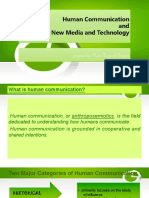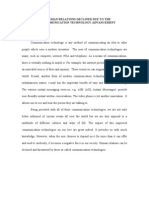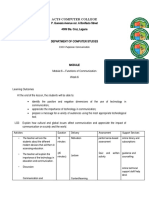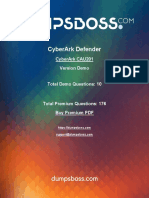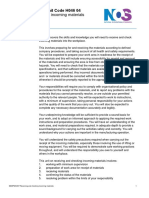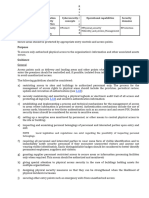0% found this document useful (0 votes)
12 views5 pagesTechnology
The document discusses the dual impact of technology on interpersonal communication, highlighting both its advantages, such as instant connectivity and diverse communication methods, and its drawbacks, including the potential for shallow connections and reduced face-to-face interactions. It emphasizes the importance of balancing the benefits of technology with the need for authentic human contact to foster meaningful relationships. Ultimately, the essay argues for a thoughtful approach to integrating technology in communication to enhance social interactions.
Uploaded by
Beniah TussahCopyright
© © All Rights Reserved
We take content rights seriously. If you suspect this is your content, claim it here.
Available Formats
Download as DOCX, PDF, TXT or read online on Scribd
0% found this document useful (0 votes)
12 views5 pagesTechnology
The document discusses the dual impact of technology on interpersonal communication, highlighting both its advantages, such as instant connectivity and diverse communication methods, and its drawbacks, including the potential for shallow connections and reduced face-to-face interactions. It emphasizes the importance of balancing the benefits of technology with the need for authentic human contact to foster meaningful relationships. Ultimately, the essay argues for a thoughtful approach to integrating technology in communication to enhance social interactions.
Uploaded by
Beniah TussahCopyright
© © All Rights Reserved
We take content rights seriously. If you suspect this is your content, claim it here.
Available Formats
Download as DOCX, PDF, TXT or read online on Scribd
/ 5




















